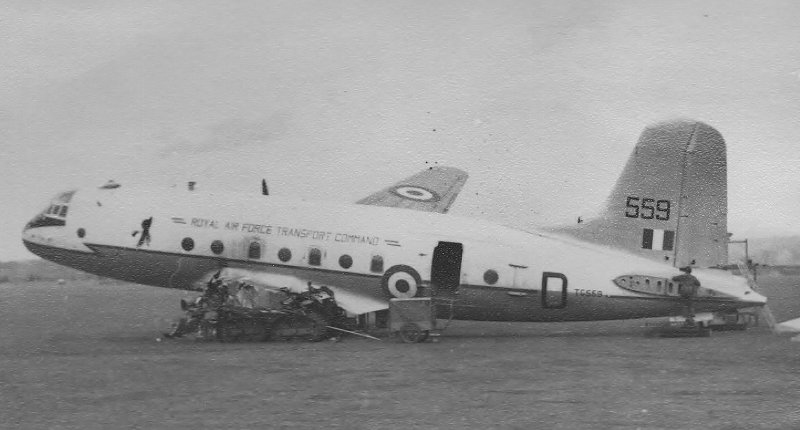Crash of a Handley Page H.P.67 Hastings C.2 at RAF Abingdon
Date & Time:
Jul 26, 1955
Registration:
WJ341
Survivors:
Yes
Schedule:
Abingdon - Abingdon
MSN:
142
YOM:
1952
Crew on board:
3
Crew fatalities:
Pax on board:
0
Pax fatalities:
Other fatalities:
Total fatalities:
0
Circumstances:
The crew was completing a local training sortie at RAF Abingdon on behalf of the 24th Squadron. On approach, the captain ask his crew to be ready as he wanted to perform a short landing and they must shut down the engine in due time. In a certain confusion, the flight engineer understood the words 'shut down the engine' only and immediately shut down all four engines. The aircraft stalled and hit the ground short of runway, lost a wing and came to rest. While all three crew members were unhurt, the aircraft was written off.
Probable cause:
Crew error in shutting down all engine prematurely on final approach.

